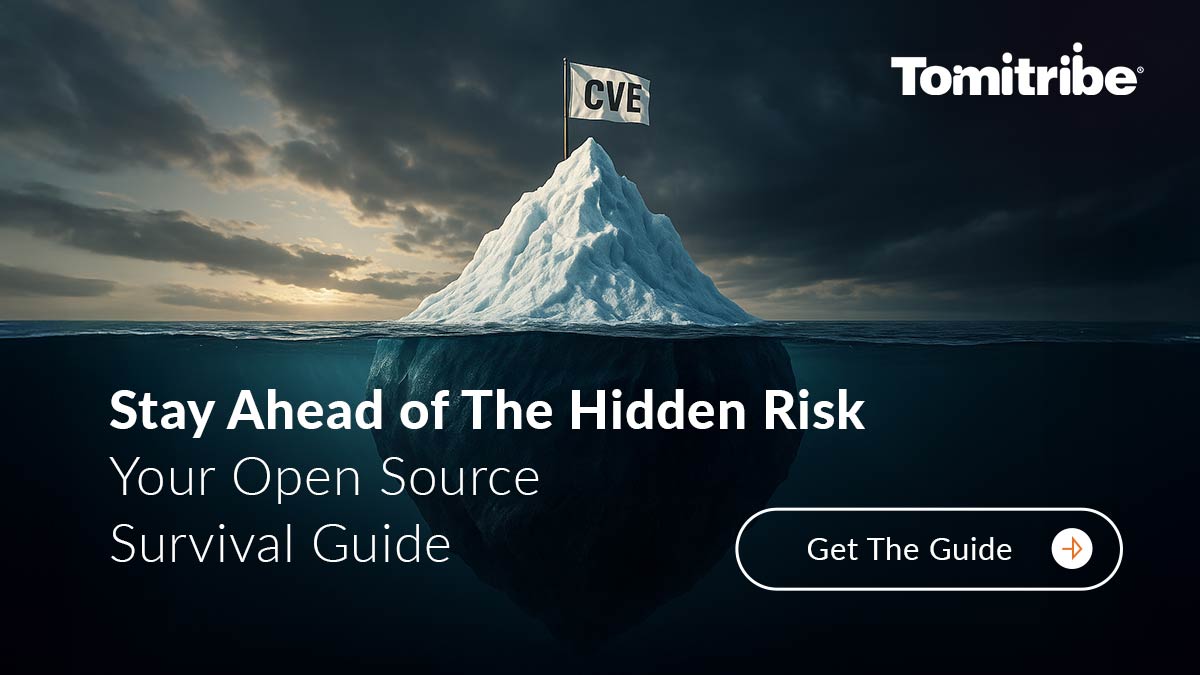About a month ago we post a blog about Otávio Santana speaking with the Latin America Oracle Developer Community Tour (Latin ODC Tour). The Latin ODC Tour focuses on great technologies such as Oracle Cloud, Containers, Java, Microservices, Oracle Database, DevOps, MySQL. This year, the ODC has covered twelves cities:
- Paraguay, Asunción
- Chile, Santiago de Chile
- Brasil, São Paulo
- Uruguay, Montevideo
- Argentina, Buenos Aires
- Perú, Lima
- Ecuador, Quito
- Colombia, Barranquilla
- Costa Rica, San José
- Panamá, Ciudad de Panamá
- México, Ciudad de México
- Guatemala, Ciudad de Guatemala
While the tour visits countries in both South and Central America it spans communities speaking Spanish, Portuguese, and French. Napoleon dubbed the entire area “Latin America” because Latin is the root of all these languages.
While Otavio’s is from Brazil and his native language is Progueese, he gave nearly all his presentations in Spanish. Speaking Spanish was a wonderful challenge for Otavio who said:
“It was a remarkable opportunity to join the America Latina effort to make this community even more prominent. I went to almost all the cities, which provided an excellent opportunity to learn more about the Spanish language – including its traps, such as the same word that has a different meaning in different countries.”
Topics Covered
Otavio, who is an expert in JNoSql, MIcroProfile, and Java/Jakarta EE, spoke at length on these topics. Here is a list of the presentations he gave.
Eclipse JNoSQL: The Definitive Solution for Java and NoSQL Database
Eclipse JNoSQL is a framework and collection of tools that make integration between Java applications and NoSQL quick and easy—for developers as well as vendors. The API is easy to implement, so NoSQL vendors can quickly implement, test, and become compliant by themselves. And with its low learning curve and just a minimal set of artifacts, Java developers can start coding by worrying not about the complexity of specific NoSQL databases but only their core aspects (such as a graph or document properties). Built with functional programming in mind, it leverages all the features of Java 8. This session covers how the API is structured, how it relates to the multiple NoSQL database types, and how you can get started and involved in this open source technology.
Stateless Microservice Security via JWT and MicroProfile
The learning curve for REST API security is severe and unforgiving. Specifications promise unlimited flexibility, habitually give old concepts new names, and almost seem designed to confuse deliberately. With an aggressive distaste for fancy terminology, the first half of this session delves into OAuth 2.0 with and without JWTs and shows how it falls into two camps: stateful and stateless. Starting at Basic Auth and walking forward, we’ll compare each with a heavy focus on the wire, showing actual HTTP messages and analyzing their impact on load and security against a baseline Microservice architecture. The second half of this presentation we’ll deep dive into MicroProfile JWT, which offers a clean Java API and standard configuration for consuming JWTs in Java Microservices. Code and demo focused, we’ll see a complete MicroProfile JWT, TomEE and AngularJS app running on Oracle Cloud that issues JWTs with custom backend-data, performs server-side verification and injection of claims, and client-side login and refresh. All code in Github, you’ll leave ready to bootstrap your next truly secure full-stack project.
Java EE is now Jakarta EE: What happened? What’s going on? Where is it going?
In fall of 2017, Oracle announced that it was donating the Java EE platform to the Eclipse Foundation under the umbrella project named, Eclipse Enterprise for Java (EE4J). As a result, there are some significant changes in store for the Java enterprise platform and community. There is a new standardization process under the auspicious of the Eclipse Foundation, a new set of specifications in the making, and a new brand name for the Java EE platform, Jakarta EE. This is the most significant changes in the Java enterprise platform since it was first introduced almost 20 years ago.
The “Java EE is now Jakarta EE” presentation was co-presented with Otavio’s friend and fellow Triber, Cesar Hernandez. Cesar is an active member of Java Community, Duke of Choice Award winner, and he participates in several open sources projects, that include Eclipse Microprofile and Jakarta EE, also a Latin America brother. He did an excellent lecture about the Java history and the next future steps with Jakarta EE.
Unconference:
Otavio also organized, ran and participated in many “Unconferences.” Otavio explains that:
“The presentations are important; however, the big goal of this trip is not just to do demo code and presentation, but to know more people, thereby I had the opportunity to run unconferences. This kind of meetup has a characteristic of a high level of interaction where there isn’t a speaker because everyone is enabled to raise your voice and share experience and knowledge with everybody.”
Next Steps:
And the Latin America Community does not stop, in the following couples week Cesar will join the Equador conference, and we have a plan to do these presentations in JSpañol too.







